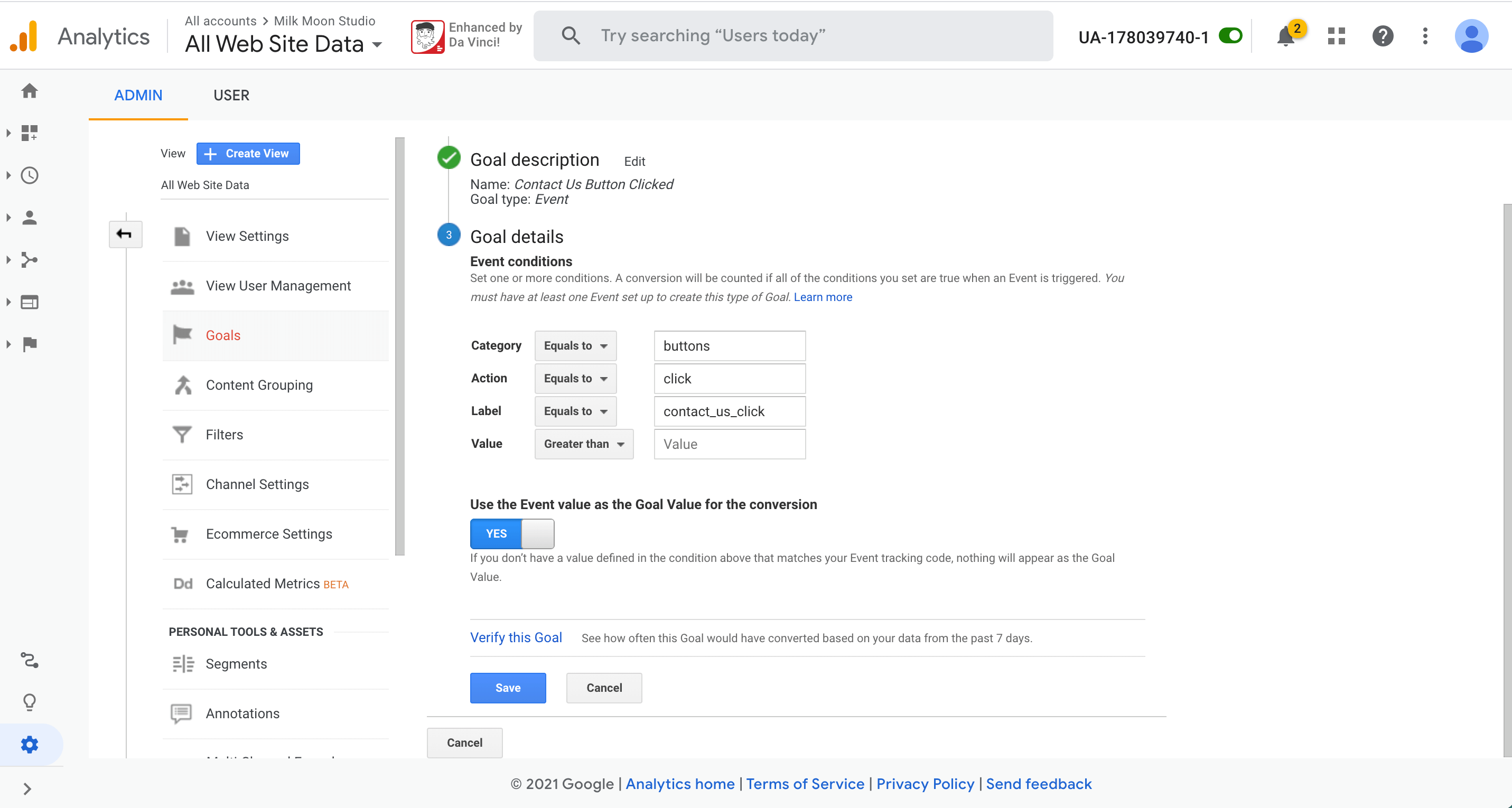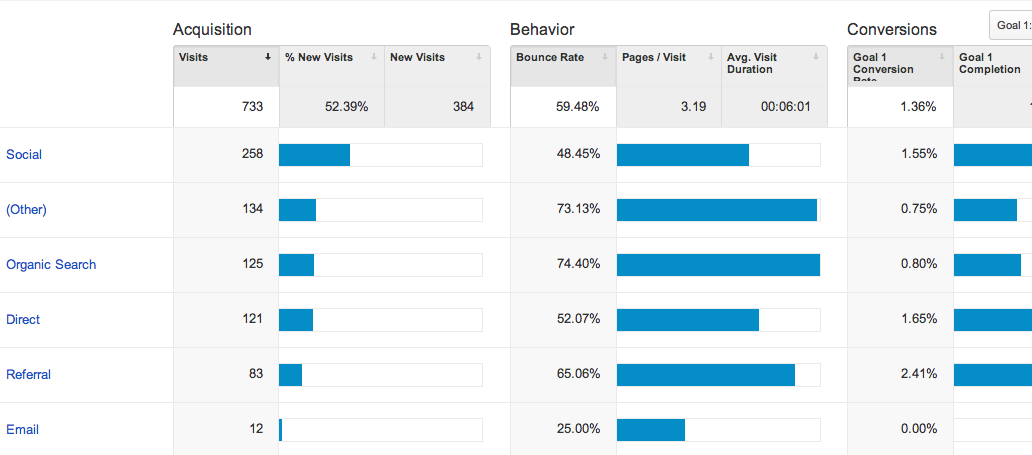What Data Is Google Analytics Goals Unable to Track and Why
What Data Is Google Analytics Goals Unable to Track and Why
Blog Article
Discover the Limitations of Google Analytics Goals: Unveiling the Information Kind That Remain Untrackable
As businesses increasingly depend on data-driven decision-making, comprehending the restrictions of devices like Google Analytics becomes critical. While Google Analytics Goals offer beneficial insights right into individual communications, there exist information types that elude monitoring, presenting difficulties to a thorough understanding of individual actions.
Incomplete Individual Journey Tracking
Insufficient individual journey monitoring within Google Analytics can impede the capability to accurately analyze user actions. When the customer journey is not fully tracked, there are gaps in the data that protect against a thorough understanding of just how customers interact with a site. This absence of insight can bring about missed out on possibilities for optimization and enhancements to the user experience.
One usual problem with incomplete customer journey tracking is the lack of ability to see the full course that individuals take in the past finishing a goal or leaving the website. Without this information, it is challenging to identify where users may be running into challenges or rubbing factors that stop them from transforming. Additionally, incomplete monitoring can obscure the influence of particular marketing efforts or internet site modifications on user habits.
To address this limitation, it is vital to set up proper monitoring mechanisms within Google Analytics to record the whole individual journey. This may involve establishing occasion tracking, objective funnels, or utilizing tools like Google Tag Manager to guarantee that no vital interactions go unrecorded. By obtaining an extensive view of the individual trip, website proprietors can make even more informed choices to enhance customer involvement and drive conversions.
Acknowledgment Difficulties
Browsing via attribution difficulties in Google Analytics requires a complete understanding of just how various touchpoints add to the overall conversion procedure. Attribution challenges occur from the complexity of contemporary consumer trips, where customers engage with multiple channels prior to converting. Google Analytics gives different attribution models like initial touch, last touch, and linear, each providing a various viewpoint on exactly how credit report is designated to touchpoints along the conversion course. Nevertheless, these versions might not constantly properly show truth influence of each touchpoint on the conversion.
One typical acknowledgment challenge is the trouble in attributing conversions to the correct resource, particularly in instances where users communicate with several channels before transforming. Additionally, cross-device monitoring presents an additional acknowledgment obstacle, as individuals commonly change between gadgets throughout their trip, making it challenging to track their communications flawlessly.
Offline Conversions
Given the difficulties connected with attributing conversions accurately in online networks, the dimension of offline conversions presents a substantial chance for online marketers looking for a more extensive understanding of their clients' trip. Offline conversions refer to actions that clients absorb the physical world, such as making acquisitions in brick-and-mortar shops or over the phone, participating in events, or involving with printed products - what data is google analytics goals unable to track. These conversions are essential for companies that run both online and offline, as they supply useful understandings right into the performance of advertising and marketing projects across different touchpoints
Tracking offline conversions commonly postured a significant obstacle for marketing experts, as it was testing to attach these actions back to certain on-line interactions properly. With improvements in modern technology, such as web link the combination of CRM systems, unique identifiers, and promo code codes, organizations can currently connect the void between online and offline data to obtain a much more all natural view of consumer actions. By effectively measuring offline conversions, online marketers can maximize their strategies, assign sources more effectively, and ultimately enhance the overall client experience.
Cross-Device Tracking
Cross-device tracking plays an important role in recognizing the interconnected nature of consumers' digital interactions throughout multiple devices. In today's omnichannel world, where individuals perfectly switch in between desktop Discover More computers, tablet computers, and mobile phones, tracking their habits throughout these devices is essential for marketers to gain a thorough sight of their client trip.

Moreover, personal privacy issues and guidelines such as GDPR and CCPA have further complicated cross-device tracking. With users requiring more control over their information and boosted constraints on tracking modern technologies, marketing professionals need to discover privacy-compliant and cutting-edge methods to link user interactions throughout gadgets.
Dynamic Web Content Engagement
Recognizing customer involvement with dynamic content is pivotal in maximizing digital marketing techniques for improved target market interaction. Dynamic content refers to website aspects that transform based upon user actions, preferences, or various other factors, offering a tailored experience. Nonetheless, tracking user communications with dynamic content poses challenges for typical analytics tools like Google Analytics.
While Google Analytics can track basic communications like clicks and page views, it might struggle to capture more nuanced engagements within dynamic material. what data is google analytics goals unable to track. Metrics such as time spent on specific vibrant elements, float actions, or communications within pop-ups are usually not easily measurable using common monitoring methods. This constraint prevents marketing experts' capacity to fully realize exactly how users are engaging with vibrant material and customize their approaches appropriately

Conclusion
Finally, Google Analytics objectives have limitations in tracking incomplete individual journeys, associating conversions properly, recording offline conversions, tracking cross-device interactions, and determining vibrant content involvement. These restraints highlight the significance of exploring added monitoring methods and tools to obtain a more thorough understanding of customer habits and conversions beyond what Google Analytics can give.
While Google Analytics Goals offer important understandings right into individual interactions, there exist information types that thwart monitoring, posing challenges to a detailed understanding of individual habits.Incomplete customer journey monitoring within Google Analytics can prevent the capacity to precisely analyze individual habits. When the user journey is not fully tracked, there are voids in the data that avoid an extensive understanding of exactly how customers interact with a site.One common concern with incomplete user journey monitoring is the failure to see the complete course that individuals take before finishing a goal or leaving the site. By acquiring a comprehensive sight of the individual journey, internet site owners can make more enlightened choices to enhance individual engagement and drive conversions.
Report this page